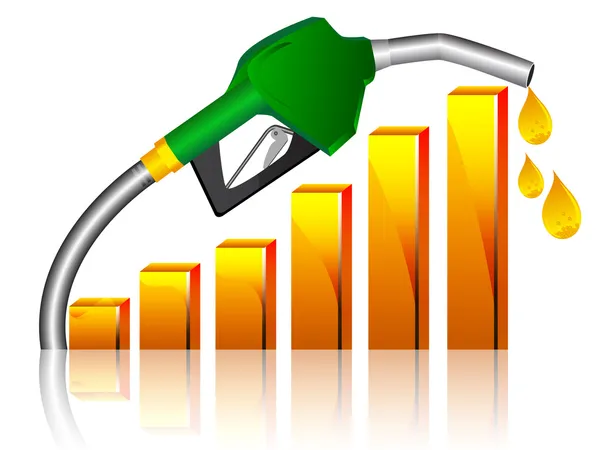4 Ways to Deal with Rising Gas Prices
Around the country, landscapers are continually facing rising gas prices. At press time, fuel prices were at an all-time high in many parts of the country.
As a fuel-powered industry (not only for trucks and vehicles but also for equipment), these costs have been particularly burdensome to landscape professionals.
1. Add a Fuel Surcharge to InvoicesThis is something that many landscape professionals (as well as those in other industries) have already started to do. While we know it’s a step that many landscape business owners don’t want to take, it might just be a necessity to your bottom line.
The good news is that most clients are going to be understanding. After all, they are likely already experiencing these surcharges in other areas of their life. Around the time that this article was published, Uber and Instacart had recently added fuel surcharges to their platforms.
Be upfront with your customers about the surcharge and they’re likely to understand. Like other companies are already doing, you can also let your clients know it’s just a “temporary” surcharge to cover the rising costs of the times. Of course, many indications do not show these rising costs to slow down any time soon.
2. Avoid Extra TripsThis might sound obvious, but it’s something that happens all of the time. Crews arrive at the job site, and they realize they don’t have everything they need.
Now, more than ever, it’s important to be smart about avoiding those extra trips. Whether it’s back to headquarters or a quick trip to the local hardware store, those extra “runs” can cost a substantial amount of money now that gas prices are so high.
If you don’t already have them, get systems and processes in place that can help to avoid mistakes when loading up the vehicles in the morning. Perhaps you need to assign someone to do a daily “check” of the vehicles and supplies to make sure that everything is loaded.
A little bit of extra time at the beginning of the day can go a really long way in preventing those “quick trips” that can start to rack up your fuel charges even more.
3. Track Crews to Avoid Unplanned StopsWe would also advise that you are tracking crews so that you can ensure they’re not making a lot of extra pit stops. Unplanned pit stops (particularly those that are out of the way), can really start to add up when it comes to extra fuel. They can also be an efficiency killer in an industry where “time is money.”
While losing 10 minutes here or there might not sound like a big deal, over the course of a week (and multiple crews), it can be huge.
The best way to track crews is with a tool like iCREWtek.
This real-time data will help you to track GPS locations and help to know if crews are getting off track. While bathroom stops are sometimes unavoidable, if this is an ongoing problem, it can help to create some policies around the issue. You need to be clear with crews about what you expect and can use GPS tracking to ensure they are following through.
4. Optimize RoutesFinally, you already know that optimizing your routes and aiming for route density are important steps in boosting your efficiency. But they can also pay off by avoiding wasted fuel. Grouping clients as close together as possible (geographically speaking) will help to minimize drive time.
The more clients that you have, the more complicated this can become. But you can use landscape business software to help.
Asset can help you to remove the guesswork and ensure that your routes are in the best possible order. This will help to minimize travel time in between stops and help you save money at the pump.
Facing the Future
We understand these are tough times. But it’s important to be upfront with both crews and clients about what you’re dealing with as a business owner or operations or facility manager. For the most part, we’ve heard that people are understanding and receptive to what’s going on, as they’re dealing with it for their own personal vehicles, too.
There’s no question now is the time to be diligent about spending and hopefully, get through this rough patch as best as possible.


